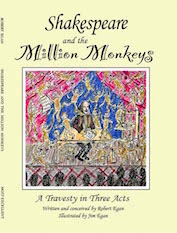 | ||||
 | ||||

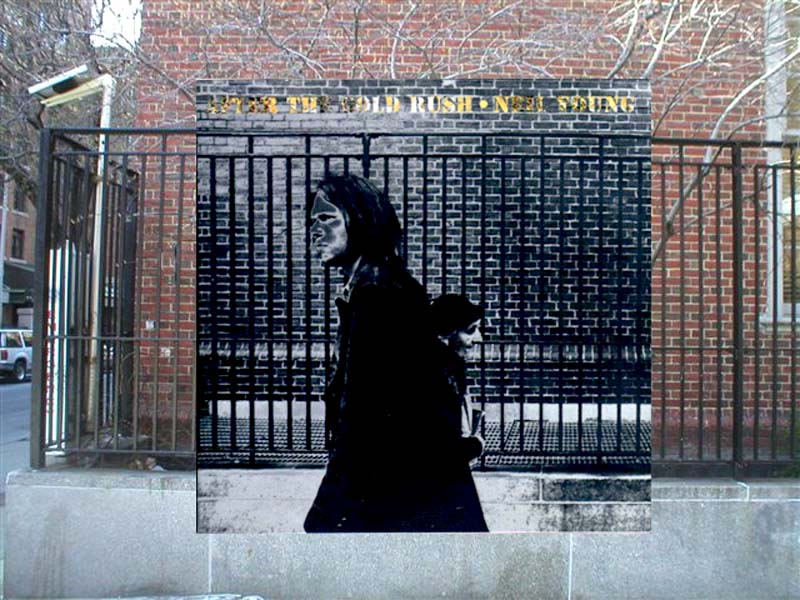
example: Neil Young's 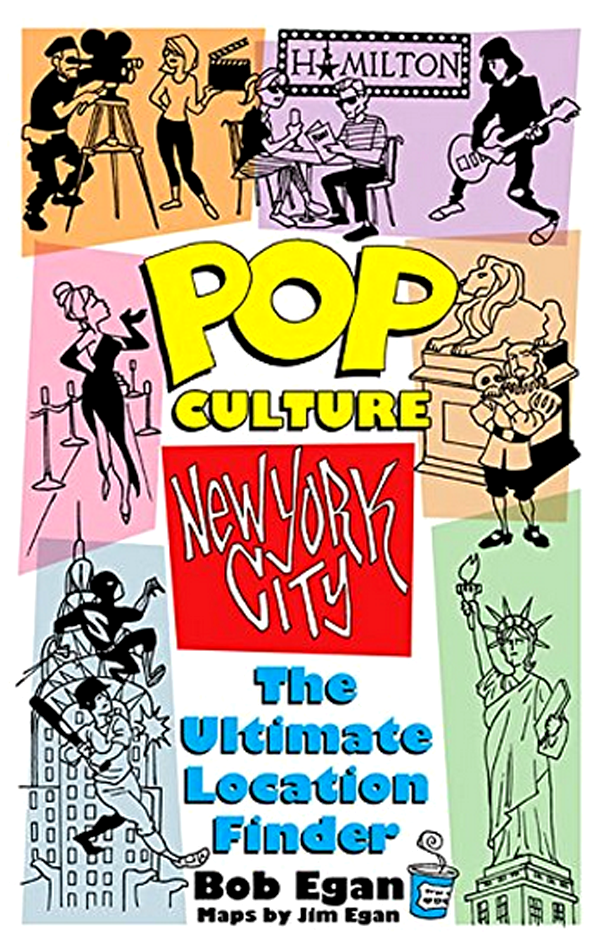
• POP CULTURE - NEW YORK: THE ULTIMATE LOCATION FINDER, based on PopSpots, has maps to over 2,000 Pop Culture locations you can visit in New York CIty. RELEASED IN 2018! Ask for it it at your at your local bookstore, or buy it online from Amazon, Barnes and Noble, Target, Walmart and other online dealers. Read about it here. To be notified of new PopSpots and "PopSpot Singles" entries, follow PopSpotsNYC on Twitter:
Follow PopSpots on Facebook 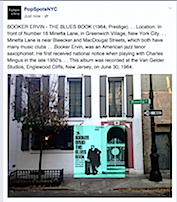
For questions or comments, you can email me, Bob Egan, here. Reference section: 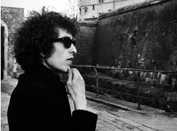
click here to see ongoing Dylan Research and also selected art, film, and history PopSpots-in-progress. PopSpots in the media. 
Looking for a free and extremely simple online method to learn HOW TO PLAY GUITAR? 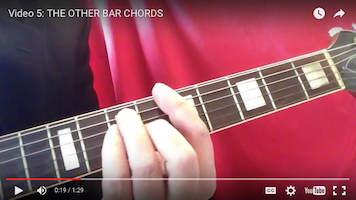
Or, just looking for a list of over 250 easy-to-play 3-chord and 4-chord songs? Click here to get to the website for: Bob Egan's MOST EXCELLENT LIST OF 3-CHORD and 4-CHORD SONGS" For The PopSpots Guide to Bookstores in NYC, click here.
|
West 3rd Street in the 1960's This is a map of the part of West 3rd Street that this webpage covers. 
West 3rd Street, north side, begins with the West 4th Street Courts. This picture is from the 1970's. The courts were supposedly built in the 1950's and have been used ever since. 
(photo: Stephen Harmon / Greenwich Village Society for Historic Preservation) SIXTH AVENUE TO MacDOUGAL 135 West 3rd Street. VIllage Paradise (strip club) pre - 1960's 
135 West 3rd Street. VIllage Paradise (strip club) with star: Lisa London. To the right (133) is a Greek letter fraternity house (upstairs). Next to that (131) is the Heatwave Club. 
135 West 3rd Street. The Purple Onion (discotheque) . 
135 West 3rd Street. The Purple Onion (discotheque). Beyond it is the Four WInds and the Heat Wave. 
135 West 3rd Street. The Purple Onion (discotheque). 
135 West 3rd Street. The Purple Onion (discotheque). 
135 West 3rd Street. The Purple Onion (discotheque). 
135 West 3rd Street. Jimi Hendrix plays the The Purple Onion in 1966. 
135 West 3rd Street. The Purple Onion. 
133 West 3rd Street. The Basket Bazaar. (basket store) They likely sell the baskets that are passed around in the area's "basket houses" - cafes with music where the muscian's are paid in tips gathered in a basket passed around after a performance. 
133 West 3rd Street. The Basket Bazaar turned into the psychedelically-themed Four WInds coffee house. 
. 131 West 3rd Street is currently The Blue Note Jazz Club. 
131 West 3rd Street. In the 40's and 50's, before the Blue Note, this was home to the Heat Wave nightclub. 
131 West 3rd Street. Another shot of the Heat Wave nightclub. 
The Heat Wave and surrounding buildings in 1961. Notice that the awning of the first building on the left which would become the Purple Onioin was then called the Soiree. 
131 West 3rd Street. Before it was the Blue Note 131 West 3rd was a 2-story garage of some sort. with a drive in entranceway When the Blue Note took over the building they added a few floors. 
121 West 3rd Street. The Pirate's Den - a theme nightclub. 
121 West 3rd Street. The space where The Pirate's Den was became the Elsie's Music Box nightclub. 
121 West 3rd Street. The Music Box nightclub in the 1960's. via Chung Wong: "121 West 3rd was the Music Box from about 1950 to 1972. Music folklorist Alan Lomax lived upstairs and Bob Dylan's girlfriend Suze Rotolo's sister named Carlla worked for him there as his assistant. His apartment was the site of many folksinging sessions, some including Dylan. " 
photo by Richard Greene 115-119 West Third St (125 MacDougal Street). Granados Restaurant circa 1976. Photo by Jack Falat. 
115-119 West Third St (125 MacDougal Street). Granados Restaurant. Looking north up Macdougal. 
115-119 West Third St (125 MacDougal Street). Granados Restaurant. Looking south across West Third. Where the awning that says Art Ford's is will later become the Night Owl nightclub, hosting folk and blues singers, then later Bleecker Bob's Records. (photo by Paul Slade; via Greenwich Village Grapevine) Art Ford's must have been nighclub. Art Ford, a DJ, had a tv show called "Art Ford's Greenwich VIllage Party (1956) which you can see here on YouTube: 
115-119 West Third St (125 MacDougal Street). Granados Restaurant. Looking north up Macdougal Street. 
Macdougal to Sullivan Street - North Side NYU Law School takes up this entire block. It was built in 1951. 
(photo, May 5, 1984) by Lucien Samaha via Greenwich Village Grapevile) The cover photograph for Neil Young's 1970 album AFTER THE GOLD RUSH was shot at the northwest corner of West 3rd Street and Sullivan Street against the background of the NYU Law School building. (The photographer, Joel Bernstein wouuld have been standing in the middle of Sullivan Street shooting west, just above the street corner.) 
Sullivan Street to Thompson Street - North Side Note the Star Dust Restaurant on the right at number 85 West 3rd. That was formerliy Mr. Bertolotti's restaurant in the 1940's. It would later become a Delta Psi fraternity house for NYU. Edgar Allen Poe reportedly revised his poem THE RAVEN while living there between 1844 and 1846. 
85 West 3rd Street. The STAR DUST became the GOLD BUG, named after a short story by Edgar Allen Poe who is said to have lived in a previous building at 85 West 3rd Street. 
85 West Third Street. Another shot as the GOLD BUG. (from the NYU Archives) 
(left side close up) 87 West Third Street. Looks like "Washburn Workshop." 
This is what 85 West 3rd Street looked like in the 1940's when it was a restaurant named Mr. Bertolotti's. 
Here's a description of the space's history. 
The building later became a Psi Upsilon fraternity house for NYU before it was demolished and made part of NYU. It was nicknamed "The Poe House." 
Here's some Poe history about the building. 
In a large building two buildings west from #85 was a bowling alley. You can see it in this picture. Mr. Bertolotti's is at far right. 
Here's another view of the bowling alley that was probably locatedin the basement of 89-91 West 3rd Street. 
Thompson Street to West Broadway- North Side This block is the backside to the Kimmel Building at NYU. You can see the buildings that were there pre-Kimmel on the left side of this picture. Pinto's, located on the southwest corner of Thompson and West 3rd would become The Cafe Jolie club. 
West Broadway to Thompson Street - South Side Many striptese clubs opening in the 1950's along West 3rd Street, a remnant of when the street was darkened by the overhead subway tracks attracting shadowy businesses This list comes from a guidebook to the Village published in 1961. ("Where to Go in Greenwich VIllage" by Rosetta Reitz & Jan Geisler). Now out-of-print.
This map shows the popular striptese and adult clubs, some with drag shows, that lined West 3rd Street from the 1940's to the 1960's. Many had a large clientele of tourists as well as members of the local LBGT community. 
68 West 3rd - The Club Savannah a club featuring "interpretive dance" i.e. a striptese club. 
The doorman at the Club Savannah. 
Advertisement for the Club Savannah. 
"Stripper Venus LaDoll performs at Club Savannah, 68 West 3rd Street in 1954." (photo by John Perrin, New York Dailly News Archives. 
Club Savannah advertisement. 
76 West 3rd at the southeast corner of Thompson - Ernie's Club 
Ernie's at West 3rd and Thonpson taken by Andre Kertesz at 1 Fifth Avenue, across Washington Square Park. 
Another shot of Ernie's by Andre Kertesz in 1963. 
Blown-up shot of Ernie's. 
The interior of Ernie's a.k.a. "Ernie's Three Ring Circus" at 76 West 3rd Street. Around World War 2, Ernie's had a history of being partially a lesbian bar. For an interesting history, check this blog entry: "In Search of Ernie's Nightclub" here. 
More about the history of Ernie's at 76 West 3d Street from a Facebook entry. 
FROM THOMPSON TO SULLIVAN STREET - SOUTH SIDE Cafe Jolie - a striptese club. 78 West 3rd Street. 
Cafe Jolie - closer on the entrance. 
The album cover for the Phil Ochs 1965 album "I Ain't Marching Anymore" was taken against the side of the Cafe Jolie. 
Here's a close-up pf the cover. 
Here's the southwest corner of West 3rd and Thompson St. in what seems to be the 1970's. Bonnie and Clyde's was a lesbian bar at 82 West 3rd (that space that was formerly the Cinderella club) that was there from the early 1970's to the mid 1980's. 
At no. 82 West 3rd was the Cinderella (strip) Club featuring "twisting and dancing." 
A close-up of the Cinderella CLub. 
The fire station at no. 84 West 3rd would later be bought by TV journalist Anderson Cooper, seen here making a phone call out front. 
This is what the third floor of the fire house looks like in a commercial featuring two atheletes. 
At No. 86 West 3rd is Il Mulino, an Italian restaurant. Here are Bill Clinton and Barack Obama exiting the restaurant on Sept. 14, 2009. 
SULLIVAN TO MACDOUGAL STREET - SOUTH SIDE The address numbers from left to right are: #100 - cleaners; #102 - Village Music Hall; #104 (w/ fire-escape); #106 - Cafe Bizarre; #108-112 - small vegegtable packing plant. 

The VIllage Music Hall eventually closed. A store called the Button Man opened next door at 104 West 3rd. 
The Cafe Manzini took over the space of the Village Music Hall. The Button Man store next store became a place for portraits. 
Rick Allmen opened The Cafe Bizarreat #106 in 1957. It's theme was the horror and the grotesque, like a scary theme park ride. The VIllage has had a history of these type of horror theme establishents such as Jeckle & Hyde. There were poetry readings and it ws the first coffeeshop to flay folk music. They would later play rock. Andy Warhol was introduced to the Velvet Underground here during one of their gigs. 
In this picture of the Cafe BIzarre, we can see in the background that the space where the Manzani Cafe was had briefly been the Caravan Cafe. 
A shot from the NYU archives. NYU would eventually buy all the building on this block, except the last one at the corner of Sullivan Street, demolish them, and turn it into D'Agostino Hall, a residential dorn. 
The Cafe Bizarre promised fantastic decor, folk "swingers," and a Steel Drum Band. 
A color shot of the Cafe Bizarre. 
Local poet Ted Joans stands out front in 1959. 
(photo by Fred McDarrah) The night crowd in 1959. 
Another nighttime shot 
And through a window from across the street. 
A performance inside the Cafe BIzarre. The building is said to have once been a horse stable owned by Aaron Burr. 
The same performer taken from behind, showing the front of the space. The building is said to have once been a horse stable owned by Aaron Burr. 
Poet Ted Joans performing. 
The Velvet Underground at the Cafe Bizarre in 1966. 
A photo of the Cafe Bizarre superimposed over the NYU dorm that replaced it today. 
A photo from when the Cafe Bizarre was being demolished for an NYU dorm. The Cafe Bizarre is the building in back that says "Quaker" on it. We are looking east on West 3rd across MacDougal Street. 
For many years a restaurant named Miteras was on the southest corner of West 3rd Street and MacDougal at number 114 West 3rd. We are looking south along MacDougal Street from above West 3rd Street. 
MacDOUGAL TO SIXTH AVENUE - SOUTH SIDE OF STREET A pharmacy used to be at the southwest corner of MacDougal and West 3rd 
A woman with a guitar walks past north at the southwest corner of West 3rd Street and MacDougal Street in April 1961. Note the map of the Village behind her (tiled 90 degrees) indicating Village shops and restaurants. 
The same photo from above superimposed on the corner today. 
The opening of Louie CK's comedy show was also filmed at this corner with Louie walking out of Ben's PIzza. 
This is a photo of the interestion of West 3rd and MacDougal on March 19, 1966 - in the heyday of the Greenwich Village folk and folk-rock music scene. The view is south down MacDougal along its eastern side. 
This is another photo taken at West 3rd and Macdougal on March 19, 1966. The view is looking south down MacDougal focused on its western side. 
Here's another shot of the corner. We are looking west down West 3rd Street to Sixth Avenue. Note the Night Owl club awning just after the pharmacy. 
Here's a shot of the Night Owl awning from the NYU Archives. The Night Owl was one of the popular clubs in the mid 60's and, among many other groups, The Blues Magoos, The Lovin'Spoonful, and James Taylor and the Flying Machine started their careers here. In fact it was here that James Taylor met "Suzanne" the woman in "Fire and Rain." 
The Night Owl, 1966. 
The Night Owl Cafe - the Wavery Theater in the far background. 
The Night Owl - note the window full of 1960's posters. 
Kids on cars outside the Night Owl. 
Tom Rush, 60's folksinger, looks in the window of the Night Owl. (photo by Alice Ochs) 
The Blues Magoos playing the Night Owl. An early psychedelic band, their big hit was 1966's (We Ain't Got) Nothin' Yet. The club was about 25 feet wide and 75 feet deep. The band played on a small stage in the center facing the opposite wall, looking over two benchs of customers, with most customers being to the left and right sides of the stages. They served sandwiches, ice cream; coffee and espresso; and cold drinks, inclulding cider and egg creams. No alcohol. 
(photo by Dan Paulsen) Another shot of The Blues Magoos playing the Night Owl, showing more of the back of the space. 
(photo by Dan Paulsen) Fred Neil ("Everybody's Talkin' " from Midnight Cowboy) playing the Night Owl in 1965. You can see the entrance door in the background. 
After The Night Owl closed, a new-and-used record store named Bleecker Bob's moved into the space. (There were probably other uses for the space before Bleecker Bob's moved in.) 
Another shot of Bleecker Bob's. 
This was Blecker Bob himself in 1978. (photo by David Godlis) 
In a famous episode of Seinfeld Kramer and Newman try to sell some records to Bleecker Bob's, thinking they are going to make a fortune. When the store owner only offers "twenty bucks" for their stack records, Newman calls him a piece of crap and the owners chases them out of the store. 
The next building down is #120 West 3rd. It has often had 4 shops: two upstairs and two in the basement. This looks like it was from the 1970's. Jerry Ohlinger sold old publicity pictures from movies and movie posters. Before Google Image Search came along, you came to Jerrys. 
This is what #120 West 3rd looked like recently. Anderson Cooper, who lives two blocks away, said that he used to frequent this oatmeal restaurant. 
The next building down is a large three-story parking lot. This photos shows West 3rd Street west of that before the McDonald's closed. 
No. 130-132 West 3rd is a large building. The Village Underground bar/comedy lounge has been there for many years. In this photo, the othe space if Occupied by the Fat Black Pussycat bar, which used to be on Minett Lane. For many years this was Tony Pastor's Bar untill that went out of business and Gerde's Folk City moved in from West 4th Street for many years. Note the facade of a small building on the front. That was built as the entrance to Tony Pastors and survived for many years, but its gone now. 
Tony Pastors, 130 West 3rd Street in its heyday. 
Another view of Tony Pastor's. Tony Pastor's was in business from 1939 to 1967. Websites say it's clientel were primarily lesbians and tourists. It had shows of female impersonators on Sundays. Wikipedia describes Tony Pastor: "Antonio Pastor (May 28, 1837 Ð August 26, 1908) was an American impresario, variety performer and theatre owner who became one of the founding forces behind American vaudeville in the mid-to-late-nineteenth century. He was sometimes referred to as the "Dean of Vaudeville". The National Tin Can manufacturing plant to its right, would larter become the 3 Sheets Saloon. 
Tony Pastor's large neon sign at night illuminates West 3rd Street. 
Inside Tony Pastor's. This space is now the Fat Black Pussycat bar. 
From 1970 to 1987, 130 West 3rd Street, the Tony Pastor's space, was Gerde's Folk City, which had moved from 11 West 4th Street at Mercer Street. For a whole webpage on the history of Gerde's Folk City, see this webpage on my website PopSpotsnyc.com . 
Outside of Gerde's Folk City on an sudition night. 
Another view of Gerde's Folk City looking east on West 3rd Street. 
A close-up of the front entrance. 
The first gathering of many of the members of Bob Dylan's 1975-6 Rolling Thunder Revue concert tour came during a October 23, 1975 sixty-first birthday party for the bar's owner, Mike Porco. In the photo from left to right: Rob Stoner, Joan Baez, Bob Dylan, and Eric Andersen. 
An ad for Gerde's Folk City. 
Presently, at 13 West 3rd Street is the Three Sheets Saloon. Dictionary.com describes the meaning of the expression "three sheets to the wind." : To be "three sheets to the wind" is to be intoxicated. The sheet is the line that controls the sails on a ship. If the line is not secured, the sail flops in the wind, and the ship loses headway and control. If all three sails are loose, the ship is out of control. " This may be the origin of the bar's name. 
This is the building that became the Three Sheets saloon. 
For many years there was a Macdonalds that had been built in the space at 136-138 West 3rd Street, but it is closed now. 
The end of the block, where West 3rd Street meets SIxth Avenue has long been a park known as Minetta Playground. 
ADDENDUM: TAKING DOWN THE ELEVATED RAILWAY ALONG WEST 3RD STREET - 1938-1939
This aeriel view of Greenwich VIllage from the mid 1930's shows the Elevated Railroad running south on Sixth Ave, turning east on West 3rd Street, then turning south at West Broadway (now LaGuardia Place. The legacy of being a noisy shadowy street off the beaten path was that manynotorious entertainment establishments would line the street for years to come. 
The shows the elevated train going south along Sixth Avenue where it turns east to go along West 3rd Street. The building that became the Wavery Theater is at left. 
A color shot of the elevated train turning to go down West 3rd Street. 
A closer shot from 1927 of the elvated heading into West 3rd Street from Sixth Avenue. 
The is the southeast corner of Sixth Avenue and West 3rd Street looking down West 3rd. The building that you see on the right were demolished when the 6th Avenue subway was built and the space later turned into playground. 
This was taken from the same place as the last photo, West 3rd and 6th but with a closer look down West 3rd Street. 
The demolition of the elevated at West 3rd, just east of Sixth Avenue, circa 1938-9. 
The demolition of the elevated on West 3rd. The parking garage is still there between Sixth Ave and MacDougal. 
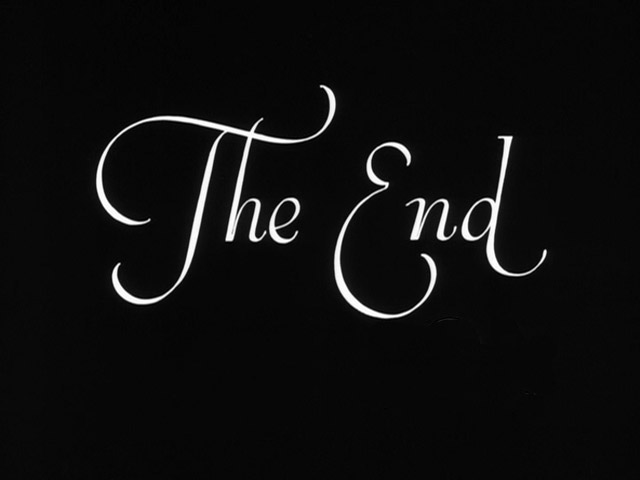
|
|||

